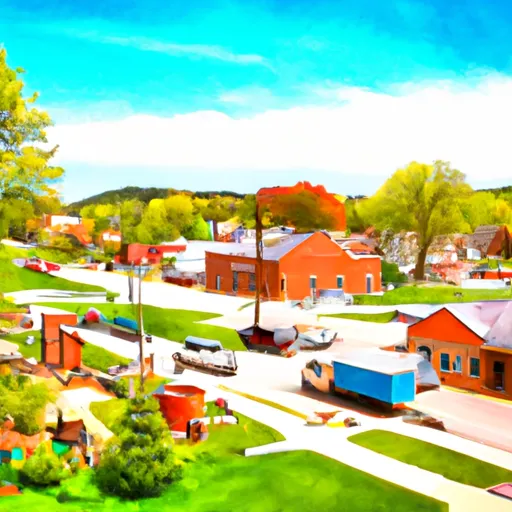°F
°F
mph
Windspeed
%
Humidity











Cornucopia is a small village located in Bayfield County, Wisconsin. This area experiences a continental climate with cold and snowy winters and warm summers. The village is situated on the shores of Lake Superior and boasts a variety of outdoor recreation opportunities, including hiking, fishing, kayaking, and boating. The surrounding forests and wetlands provide habitat for a diverse range of wildlife, including black bears and bald eagles. The hydrology constituents of the area include several rivers and streams that feed into Lake Superior, which is one of the largest freshwater lakes in the world. Overall, Cornucopia offers a unique and beautiful setting for outdoor enthusiasts to explore and enjoy.
Weather Forecast
Cornucopia receives approximately 795mm of rain per year, with humidity levels near 83% and air temperatures averaging around 6°C. Cornucopia has a plant hardyness factor of 4, meaning plants and agriculture in this region thrive during a short period during spring and early summer. Most plants will die off during the colder winter months.
Regional Streamflow Levels
577
Cubic Feet Per Second
2,670
Cubic Feet Per Second
5
Cubic Feet Per Second
10
Cubic Feet Per Second
Nearby Camping
| Camping Area | Reservations | Toilets | Showers |
|---|---|---|---|
| Roberts Field | |||
| Berryman | |||
| Powder Mill - Ozark National Scenic River | |||
| Owls Bend - Powder Mill | |||
| Meramec State Park | |||
| Cuivre River State Park |



